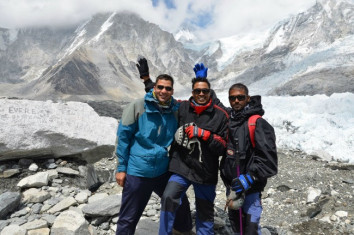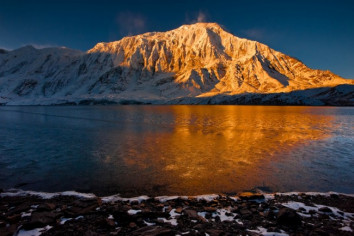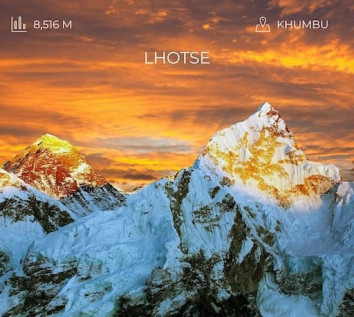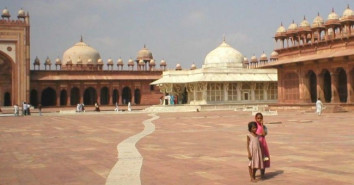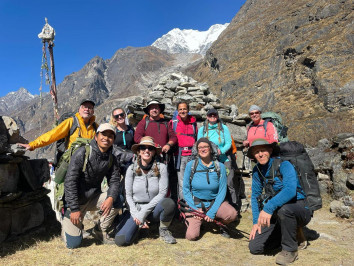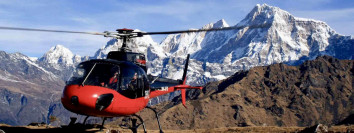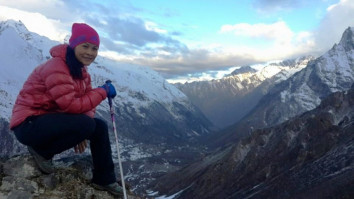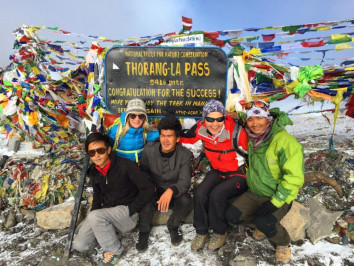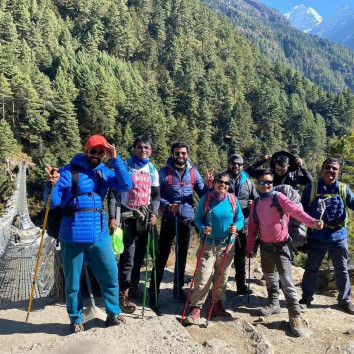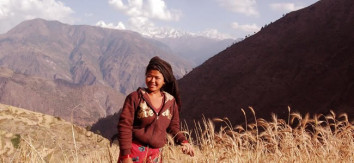20th Jul, 2023
Himalayan Odyssey: Halesi Mahadev Darshan
Introduction:
In the heart of the rugged hills of Nepal lies a place steeped in ancient legends and spiritual wonders - Halesi Mahadev. Tucked away in the serene landscapes of the Khotang district, this sacred site holds profound significance in Hindu mythology. Known as the Pashupatinath of the East, Halesi Mahadev is a destination that beckons devotees and curious souls alike. Join us on a mystical journey as we explore the enigmatic allure of Halesi Mahadev and uncover the spiritual treasures it bestows upon its visitors.
Table of Contents
1. The Mythical Legends:
Halesi Mahadev's mythical tales have been passed down through generations, and they continue to captivate the imagination of pilgrims and travelers alike. According to one popular legend, Lord Shiva transformed himself into a divine bee and sought refuge in these caves to evade the wrath of the demon Bhasmasur. The cunning demon had obtained a boon that allowed him to turn anyone into ashes by touching their head. Fearing for his life, Lord Shiva chose Halesi Mahadev as his sanctuary. Inside the caves, there are several formations that are believed to be evidence of this divine event. The imprints of a bee and demon's feet on the rock surfaces serve as reminders of the celestial confrontation that unfolded here. These imprints have become objects of deep reverence for devotees, who consider them to be sacred symbols of the divine.
2. Journey to the Hidden Gem:
The journey to Halesi Mahadev is a pilgrimage that requires both determination and devotion. Travelers embark on a trek through picturesque landscapes, encompassing emerald forests, terraced fields, and charming villages. The rugged terrain presents a challenging yet rewarding experience for those who seek spiritual solace in the embrace of nature. As trekkers ascend towards the sacred site, they encounter breathtaking views of the Himalayas and the surrounding valleys. Each step closer to the destination brings a profound sense of anticipation, knowing that an ancient wonder lies ahead.
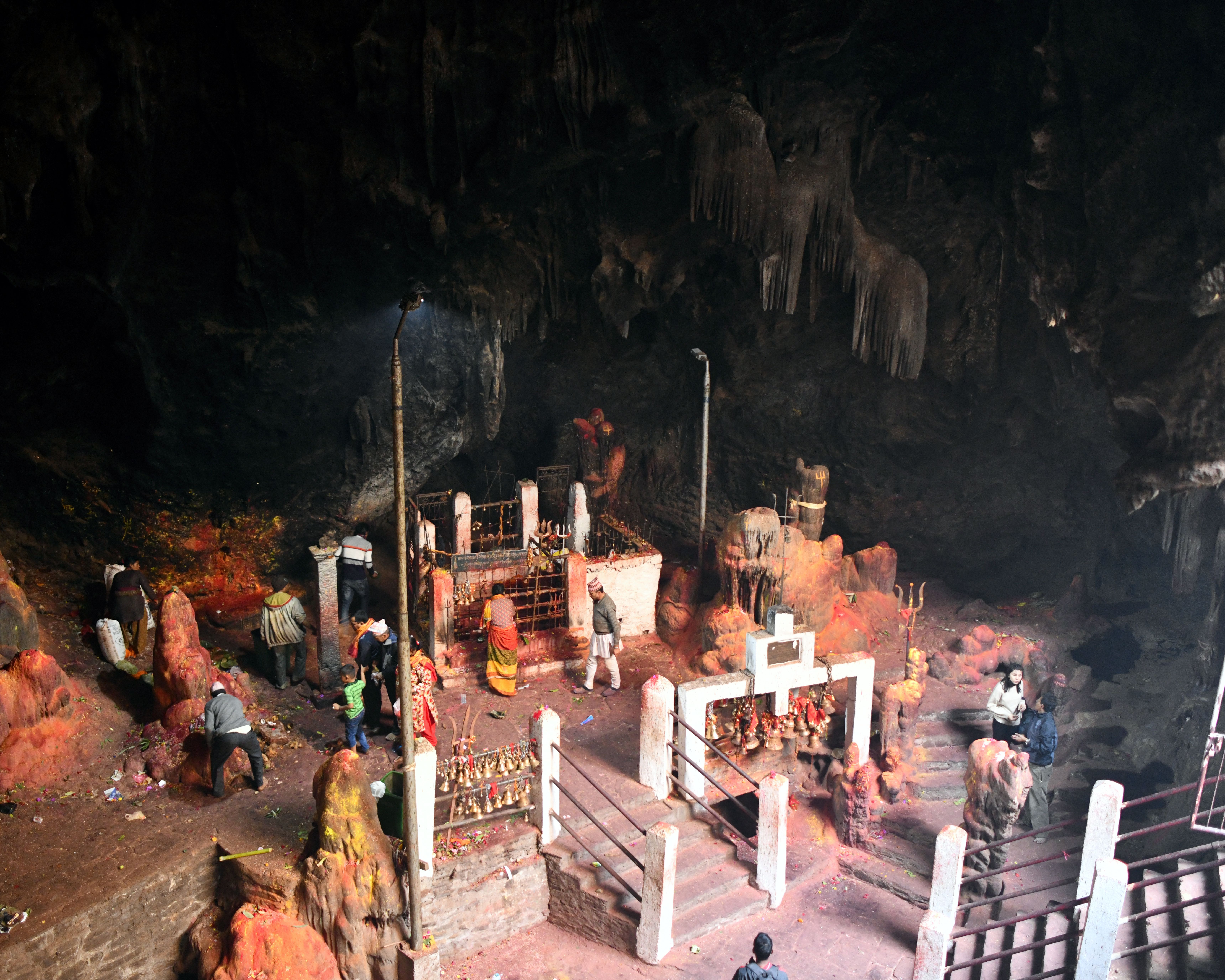
3. Sacred Caves: A Glimpse of Divinity:
Reaching the inner sanctum of Halesi Mahadev is a moment of awe and reverence. The main cave, known as "Halesi," is an expansive chamber adorned with stalactites and stalagmites, giving the impression of a natural cathedral. The atmosphere inside the cave is both mystical and serene, with the soft flickering of oil lamps creating a surreal ambiance. In the heart of the cave rests the sacred lingam, representing Lord Shiva. Devotees offer prayers and light incense sticks, infusing the air with fragrant scents and heartfelt devotion. The sound of reverent chants and the echoes of mantras create an enchanting symphony that resonates throughout the cavern, fostering an unparalleled spiritual experience. Adjacent to the main cave are two other sacred chambers, dedicated to Bhairav and Saraswati. These deities, often considered manifestations of the divine, add to the spiritual significance of Halesi Mahadev, making it a place of multiple sacred dimensions.

4. The Spiritual Connection:
Halesi Mahadev is not just a place of worship; it is a sacred ground that unites people from different walks of life. Pilgrims from Nepal, India, Tibet, and beyond, belonging to diverse religious backgrounds, converge at this spiritual sanctuary. Hindus and Buddhists coexist harmoniously, finding solace in the universal message of love, peace, and spirituality. The aura of Halesi Mahadev invites introspection and inner reflection. Many seekers spend hours or even days meditating in the tranquil surroundings, seeking spiritual insights and a deeper connection with themselves and the universe.

5. Preservation Efforts and Future Prospects:
Recognizing the cultural and religious significance of Halesi Mahadev, various preservation efforts have been undertaken to safeguard this revered site. Local authorities work in collaboration with communities to maintain the ecological balance and protect the natural beauty that surrounds the caves. Sustainable tourism practices are encouraged, ensuring that the influx of visitors does not disrupt the spiritual sanctity of the place. As the allure of spiritual tourism grows globally, Halesi Mahadev holds immense potential to become a prominent destination for seekers of truth, scholars, and explorers of ancient wisdom. With proper infrastructure and responsible tourism management, Halesi Mahadev can continue to thrive as a beacon of spirituality and cultural heritage for generations to come.

FAQs
1.What is Halesi Mahadev?
Halesi Mahadev is a sacred pilgrimage site located in the Khotang district of Nepal. It is renowned as the mystical abode of Lord Shiva and holds immense significance in Hindu mythology.
2. How do I reach Halesi Mahadev?
Reaching Halesi Mahadev involves a trek through the rugged terrains of the Himalayas. Travelers usually start their journey from Kathmandu or Dharan and take various modes of transportation before beginning the trek.
3. What are the mythical legends associated with Halesi Mahadev?
According to legends, Lord Shiva took refuge in the Halesi caves in the form of a bee to escape the demon Bhasmasur, who had obtained a boon to turn anyone into ashes.
4.What is the significance of the sacred caves at Halesi Mahadev?
The main cave, known as "Halesi," houses the revered lingam representing Lord Shiva. The imprints of a bee and demon's feet inside the caves are believed to be evidence of the divine encounter.
5.Can people of all religions visit Halesi Mahadev?
Yes, Halesi Mahadev welcomes visitors from all walks of life and various religious backgrounds. It is a place of spiritual harmony, attracting both Hindus and Buddhists seeking solace and divine blessings.
6.What is the best time to visit Halesi Mahadev?
The ideal time to visit Halesi Mahadev is during the spring and autumn seasons (March to May and September to November), when the weather is pleasant, and the trekking conditions are favorable.
7.Is the trek to Halesi Mahadev challenging?
Yes, the trek to Halesi Mahadev can be challenging due to the rugged terrain and steep ascents. It is recommended to be physically fit and prepared for the journey.
8.Are there any accommodation options near Halesi Mahadev?
Yes, there are basic guesthouses and lodges available in and around Halesi Mahadev, providing accommodation for pilgrims and travelers. It is advisable to book in advance during peak pilgrimage seasons.
9. Is photography allowed inside the sacred caves?
Yes, photography is generally allowed in Halesi Mahadev, but it is essential to respect the sanctity of the place and not disturb others during prayers and rituals.
10. What conservation efforts are in place to protect Halesi Mahadev?
Local authorities and communities are actively involved in preserving the natural beauty and cultural heritage of Halesi Mahadev. Sustainable tourism practices are promoted to maintain the spiritual sanctity of the site.
11. Can I meditate inside the sacred caves?
Yes, meditation is encouraged within the caves for seekers looking to experience a deeper spiritual connection. The serene environment offers an ideal setting for introspection and meditation.
12. What other attractions are there in the vicinity of Halesi Mahadev?
The nearby regions offer breathtaking views of the Himalayas and opportunities for nature enthusiasts to explore the surrounding landscapes and experience the local culture and traditions.
Conclusion
Halesi Mahadev, nestled amidst the majestic Himalayas, holds a significant place in the hearts of both pilgrims and travelers seeking a profound spiritual experience. The mythical legends surrounding this sacred abode narrate the divine encounters of gods and demons, instilling a sense of wonder and reverence in all who visit. The tales of Lord Shiva taking refuge here as a divine bee, escaping the wrath of the demon Bhasmasur, add to the enigmatic allure of this site. Embarking on a journey to Halesi Mahadev is an adventure that tests the physical and spiritual mettle of the pilgrims. As trekkers traverse through lush forests and breathtaking landscapes, they are rewarded with glimpses of the snow-capped Himalayan peaks and the serenity of nature. The arduous path to reach the sacred caves serves as a symbolic representation of the seeker's determination and devotion, making the eventual arrival at Halesi Mahadev all the more gratifying. Upon entering the inner sanctum of the main cave, a profound sense of spirituality envelopes visitors. The stalactites and stalagmites, like natural sculptures, add an ethereal beauty to the surroundings. The sacred lingam representing Lord Shiva becomes the focal point of devotion and reverence, with devotees offering heartfelt prayers and seeking blessings for their spiritual journey. The spiritual connection experienced at Halesi Mahadev transcends religious boundaries, as people from various faiths come together to bask in the divine energy that permeates the atmosphere. Hindus and Buddhists find common ground in their pursuit of inner peace and enlightenment, fostering an environment of harmony and understanding. As the world recognizes the significance of preserving cultural and religious heritage, Halesi Mahadev stands as a timeless treasure that requires careful conservation. Local authorities and communities are actively involved in preserving the ecological balance and promoting sustainable tourism, ensuring that the sanctity of the place remains intact for future generations. In essence, Halesi Mahadev beckons with its ancient legends, mesmerizing landscapes, and spiritual vibrations, inviting all to explore the depths of their faith and spirituality. This mystical abode serves as a beacon of hope and a source of profound inspiration, reminding humanity of the enduring power of devotion and the eternal quest for divine connection. As travelers and pilgrims depart from this hallowed ground, they carry with them the blessings of Halesi Mahadev, embarking on life's journey with renewed purpose and spiritual enlightenment.
Recent Posts

23rd Jan, 2017
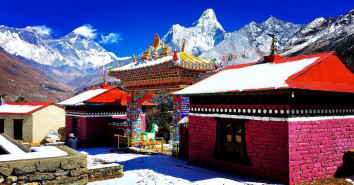
12th Jan, 2014
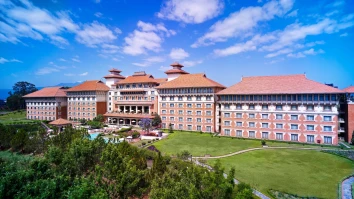
24th Apr, 2017

3rd Apr, 2014

3rd Jun, 2017
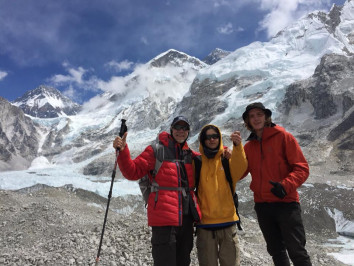
20th Jan, 2017
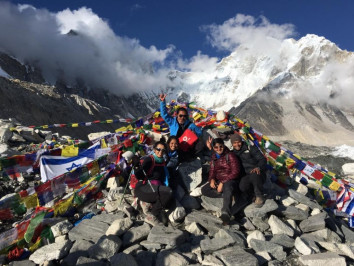
16th Jan, 2017
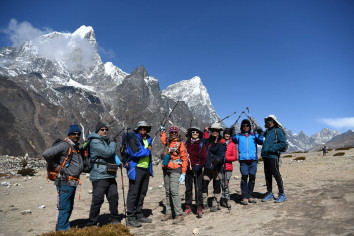
12th Jul, 2015

9th Apr, 2019
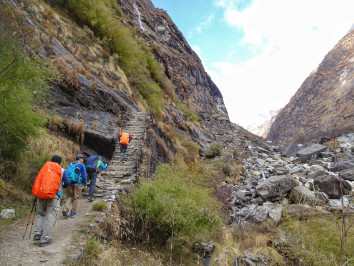
9th Jan, 2014

4th Apr, 2019

2nd Jan, 2014

2nd Apr, 2019

2nd Jan, 2014
-1.jpg)
30th Jan, 2017
-1.jpg)
4th Oct, 2018

16th Oct, 2018
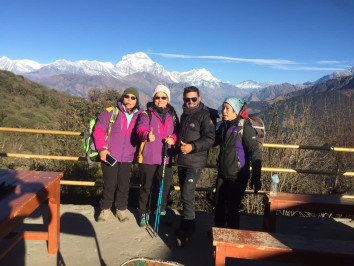
9th Oct, 2018

24th Jan, 2016
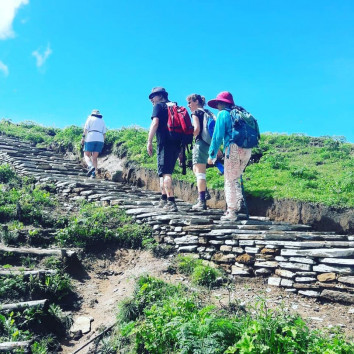
4th Oct, 2018
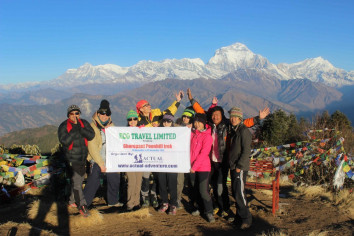
24th Aug, 2022

8th Sep, 2022

15th Sep, 2022
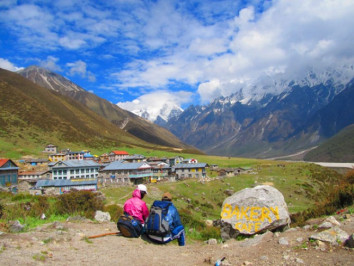
3rd Mar, 2023
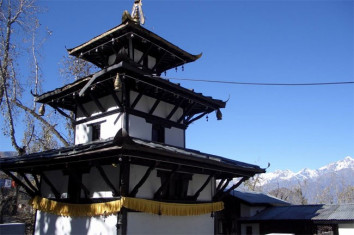
7th Mar, 2023
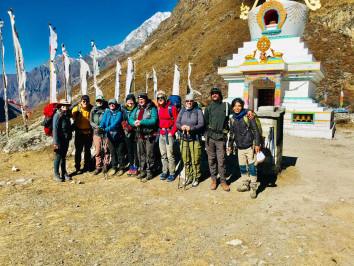
27th Mar, 2023

5th Apr, 2023

12th Apr, 2023

21st Apr, 2023

24th Apr, 2023

27th Apr, 2023

1st May, 2023

1st May, 2023

3rd May, 2023
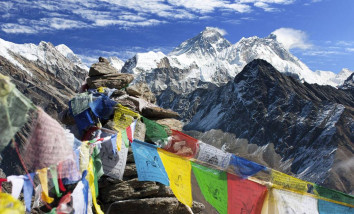
18th May, 2023

19th May, 2023

16th Jul, 2023

16th Jul, 2023
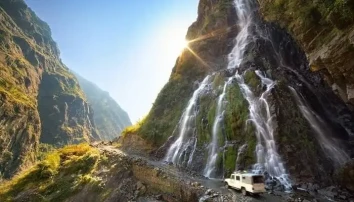
16th Jul, 2023

16th Jul, 2023
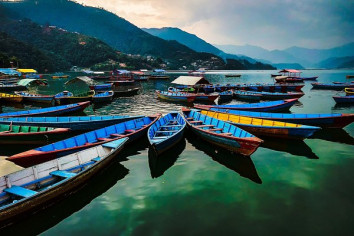
17th Jul, 2023

17th Jul, 2023

17th Jul, 2023

17th Jul, 2023

17th Jul, 2023
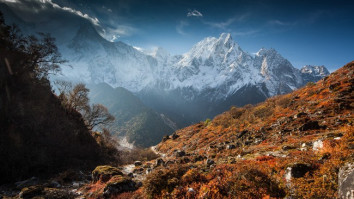
17th Jul, 2023

17th Jul, 2023

20th Jul, 2023
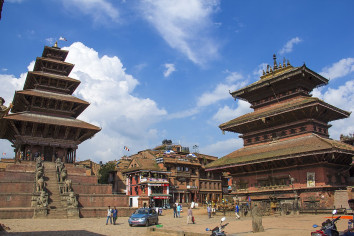
21st Jul, 2023

27th Jul, 2023

30th Jul, 2023
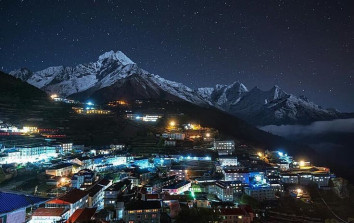
30th Jul, 2023
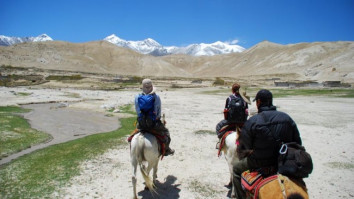
21st Aug, 2023

22nd Aug, 2023
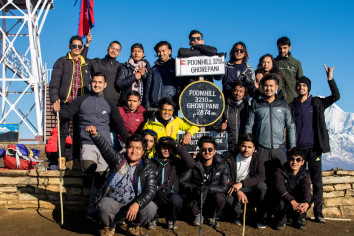
28th Aug, 2023
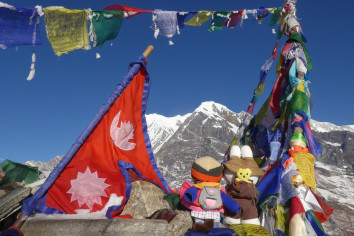
6th Oct, 2023

5th Nov, 2023

7th Nov, 2023

19th Nov, 2023
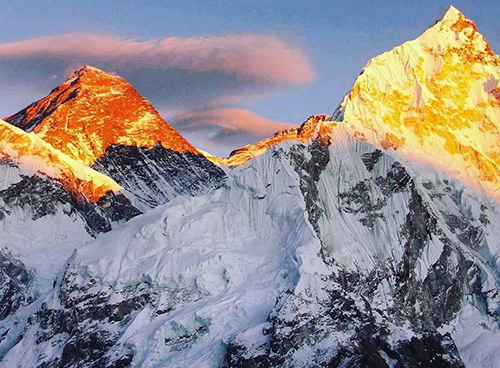
25th Nov, 2023

1st Dec, 2023

3rd Dec, 2023

13th Dec, 2023

13th Dec, 2023

13th Dec, 2023

21st Dec, 2023
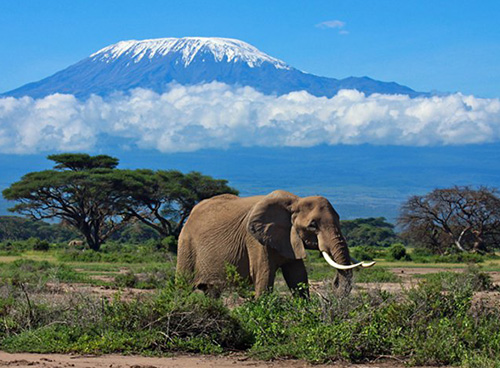
21st Dec, 2023

23rd Dec, 2023
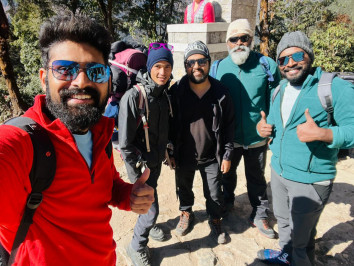
25th Dec, 2023

25th Dec, 2023

31st Dec, 2023

31st Dec, 2023
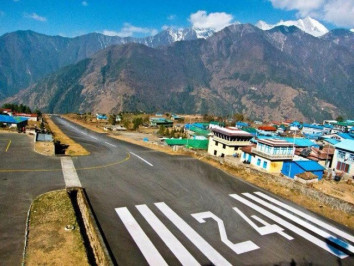
31st Dec, 2023
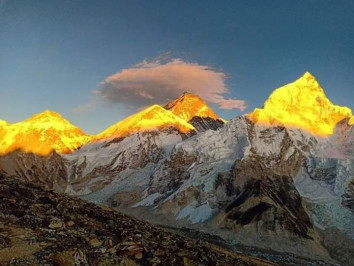
1st Jan, 2024
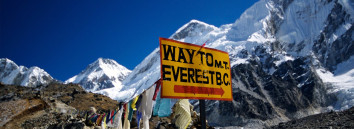
2nd Jan, 2024

2nd Jan, 2024

2nd Jan, 2024
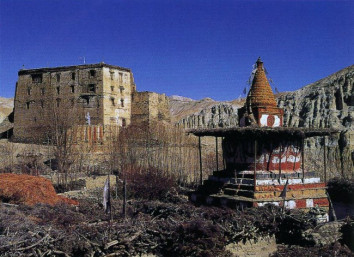
3rd Jan, 2024
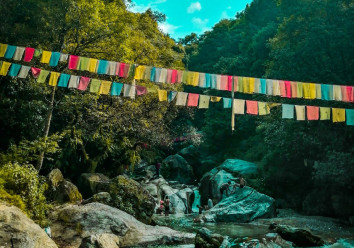
4th Jan, 2024

4th Jan, 2024
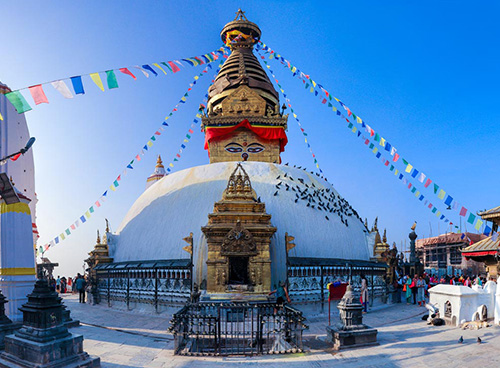
4th Jan, 2024
.jpg)
4th Jan, 2024

4th Jan, 2024

4th Jan, 2024

5th Jan, 2024

6th Jan, 2024
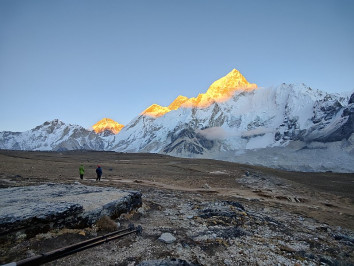
6th Jan, 2024
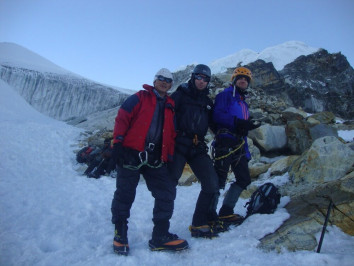
9th Jan, 2024
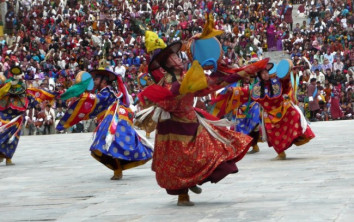
10th Jan, 2024

10th Jan, 2024

10th Jan, 2024
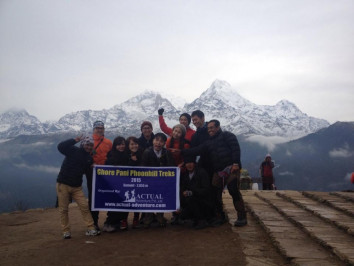
10th Jan, 2024

11th Jan, 2024
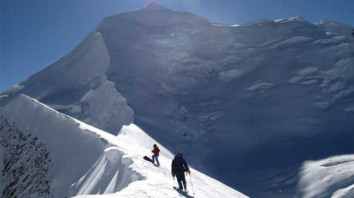
11th Jan, 2024

12th Jan, 2024

12th Jan, 2024

13th Jan, 2024
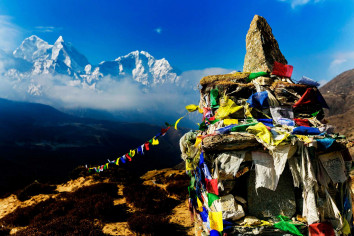
14th Jan, 2024
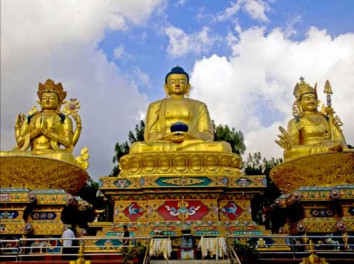
14th Jan, 2024

15th Jan, 2024
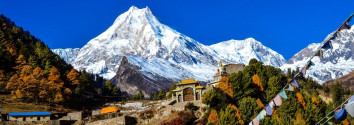
15th Jan, 2024

15th Jan, 2024

16th Jan, 2024
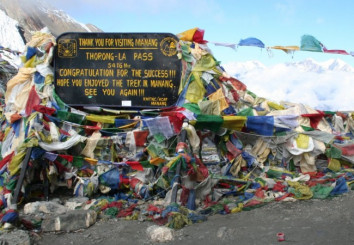
16th Jan, 2024
.jpg)
16th Jan, 2024

16th Jan, 2024
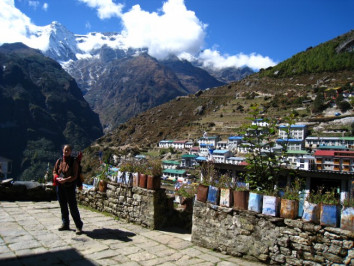
18th Jan, 2024
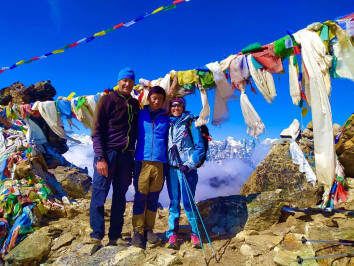
24th Jan, 2024
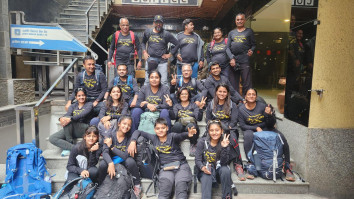
26th Jan, 2024
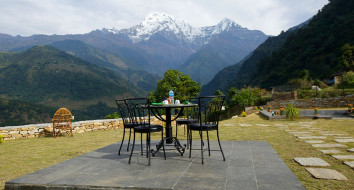
28th Jan, 2024
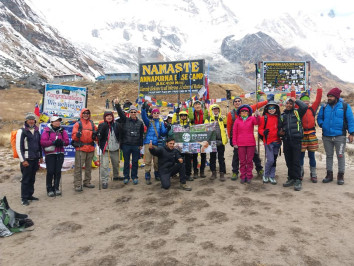
28th Jan, 2024
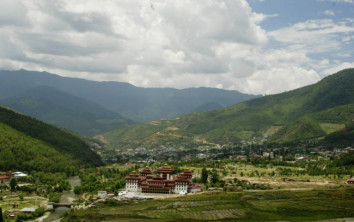
30th Jan, 2024

30th Jan, 2024

2nd Feb, 2024

2nd Feb, 2024

2nd Feb, 2024
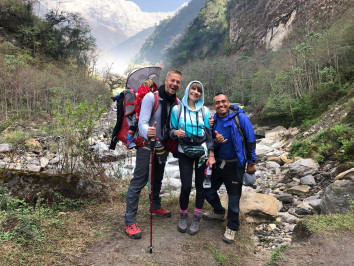
3rd Feb, 2024
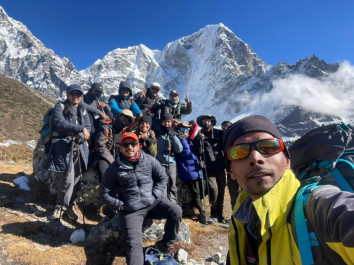
4th Feb, 2024

8th Feb, 2024

9th Feb, 2024

10th Feb, 2024
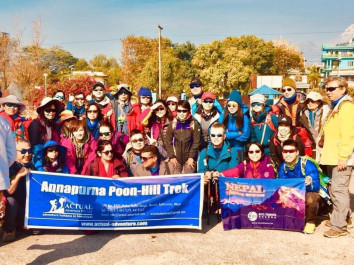
10th Feb, 2024

11th Feb, 2024

12th Feb, 2024

12th Feb, 2024

13th Feb, 2024
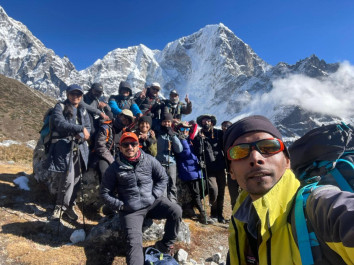
13th Feb, 2024

16th Feb, 2024

18th Feb, 2024

20th Feb, 2024
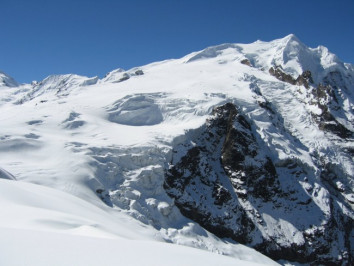
21st Feb, 2024
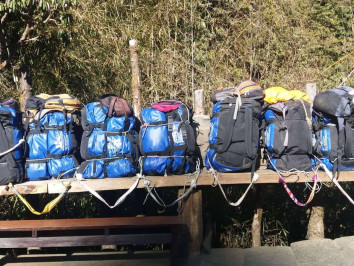
21st Feb, 2024

27th Feb, 2024
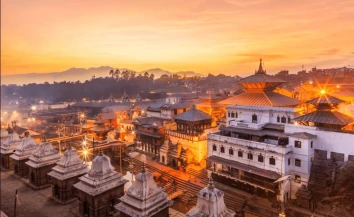
3rd Mar, 2024

3rd Mar, 2024
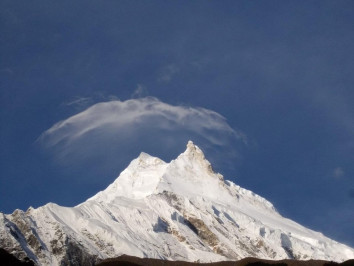
4th Mar, 2024

5th Mar, 2024
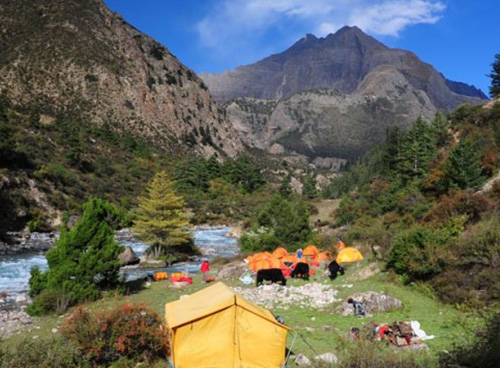
5th Mar, 2024

10th Mar, 2024

10th Mar, 2024

10th Mar, 2024
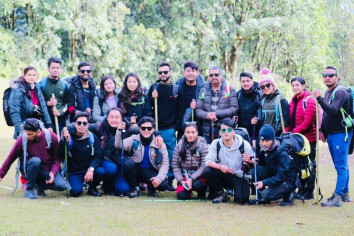
11th Mar, 2024

13th Mar, 2024

13th Mar, 2024

19th Mar, 2024
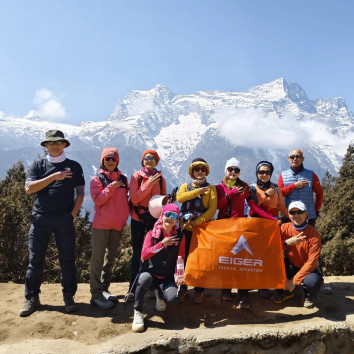
22nd Mar, 2024

26th Mar, 2024
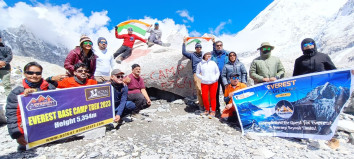
27th Mar, 2024

27th Mar, 2024
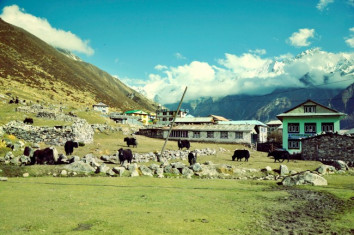
27th Mar, 2024
-1624864292-1.jpg)
28th Mar, 2024
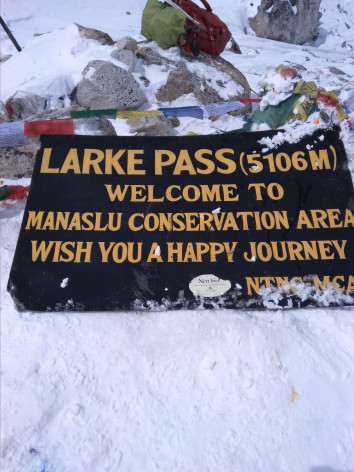
2nd Apr, 2024

2nd Apr, 2024

4th Apr, 2024

12th Apr, 2024
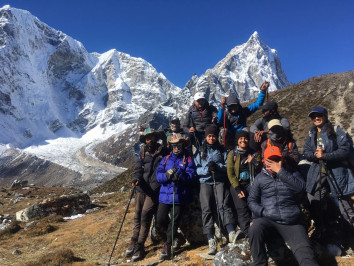

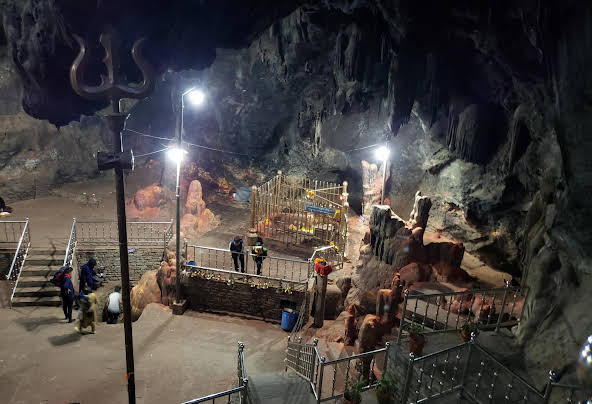



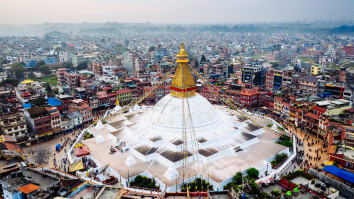


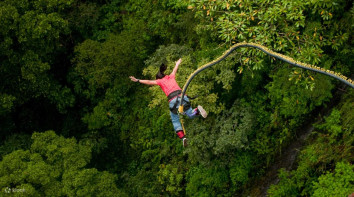
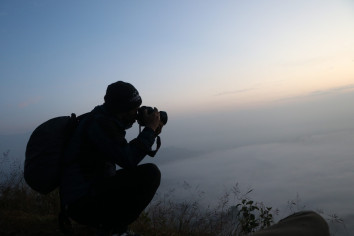
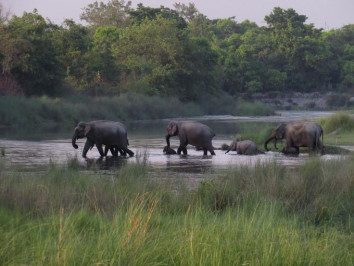
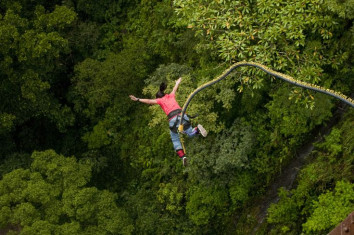
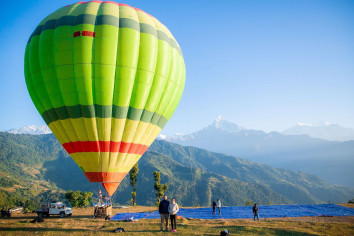


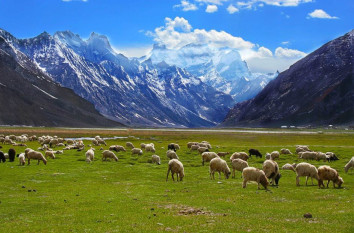




.jpg)





